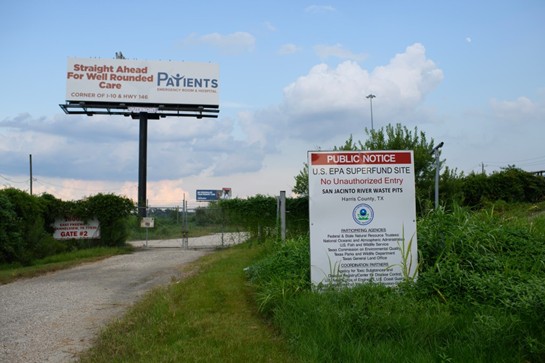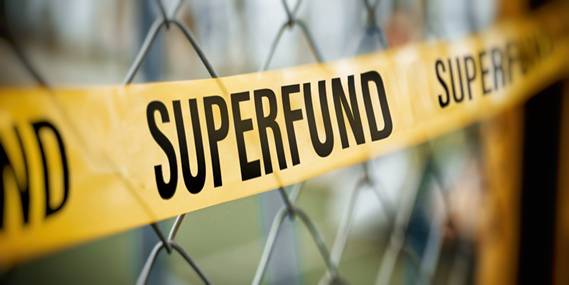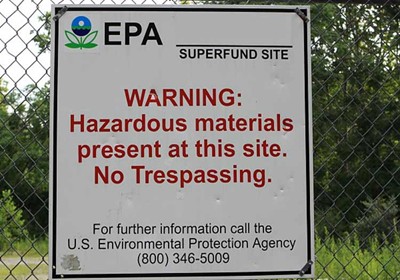
Social media offers a direct line to share stories from frontline communities whose concerns too often go unheard in traditional media. A single post or video can be shared, re-shared, and reach far beyond what a printed flyer or local meeting might achieve. Unlike one-way communication channels, social platforms allow for dialogue—through comments, shares, and live interactions—which can strengthen connection and trust. They also provide a stage for visual and emotional storytelling that makes environmental justice issues more relatable and urgent. Finally, social platforms allow real-time mobilization—alerting communities to public hearings, sharing short videos about toxic exposure, and rallying supporters around key campaigns.
The Challenges
Social media is not a magic solution. The biggest hurdle is the sheer noise and competition for attention. With countless messages circulating daily, it can be difficult for vital environmental messages to break through. Exposure to endless images of pollution or climate disasters can also create fatigue and even fatalism. Another challenge is misinformation. For environmental justice issues—where scientific accuracy, policy detail, and lived experience must align—maintaining credibility and trust is essential. There’s also the issue of access and representation, as not all communities have equal digital access or the same cultural communication norms. Finally, while hashtags can raise awareness, many campaigns fail to convert likes and shares into meaningful action. The key is not whether to use social media, but how to use it strategically, authentically, and effectively.
Top 5 Strategies for Social Branding & Communication
1. Define Clear Purpose and Audience Segments
Before posting, clarify what you want to achieve and who you are trying to reach. Determine whether your goal is to raise awareness, mobilize people to attend a hearing, drive policy change, encourage donations, or change behaviors. Identify your audiences—such as community members, policymakers, journalists, or partners—and tailor your tone, visuals, and platforms accordingly. Younger audiences may respond better to short-form videos on TikTok or Instagram Reels, while decision-makers might prefer LinkedIn updates or well-crafted policy summaries. Consistency in your branding and message is key. Use consistency in brand voice, colors, hashtags, and tone to reinforce credibility and trust.
2. Tell Stories with Visual Emotion and Data
Facts matter, but stories inspire. To connect with people, focus on human stories from frontline communities who are directly impacted by environmental harm. Their voices and experiences create authenticity and emotional resonance. Combine their stories with powerful visuals, infographics, maps, and short clips that simplify complex data. Present information as a clear narrative arc—introduce the problem, explain its impact, show community response, and end with a clear call to action. Every post should make it easy for your audience to know what to do next, whether that’s attending a hearing, signing a petition, or sharing their own story.
3. Engage Community and Build Partnerships
Social media is not just a broadcast tool—it’s a conversation. Encourage interaction by responding to comments, asking questions, running polls, and inviting community members to share their experiences. This builds ownership and trust. Feature community leaders, partner groups, and influencers who can speak authentically to their audiences. Collaborate with other environmental and social justice organizations to amplify your reach and strengthen alliances. Cross-tagging and co-hosting live sessions or campaigns can extend visibility far beyond your usual audience.
4. Be Strategic About Platforms and Consistency
Each social platform has its own strengths, audiences, and style. Instagram and Facebook work well for photo stories and longer captions that highlight community voices. X (formerly Twitter) is useful for rapid updates, advocacy alerts, and tagging public officials. TikTok and YouTube Shorts are ideal for short, emotional, or educational videos. Use a consistent posting schedule so your audience knows when to expect content, and maintain a unified look and tone that reflects your identity. Campaigns like “Toxic Tuesday” can serve as recurring branded content that reinforces recognition and engagement. Make every post visually consistent, concise, and shareable, using clear text and strong imagery. Track analytics to see what resonates and refine your approach based on engagement metrics and reach.
5. Mobilize Action and Measure Impact
Awareness is only the first step. The goal of social media in environmental justice work is real-world change. Define measurable outcomes for each campaign, such as increasing attendance at community meetings, generating petition signatures, or securing local media coverage. Use strong calls to action that direct people toward tangible outcomes. Create time-limited campaigns that encourage urgency and participation. Celebrate wins publicly when communities achieve cleanup victories, policy changes, or new protections. This reinforces hope and motivates continued engagement. Regularly monitor what people are saying about your campaigns, track emotional sentiment, and adapt your messaging to keep your audience connected and energized.
Final Thoughts
Social media is more than just a communications tool—it is a movement-building platform. It allows us to connect with communities, amplify their stories, and convert awareness into action. By combining strategic storytelling, consistent branding, and authentic engagement, we can expand our reach and strengthen our impact. Centering the voices of those most affected, making complex science accessible, and sustaining meaningful dialogue online will ensure that our social media presence is not just visible—but transformative.



